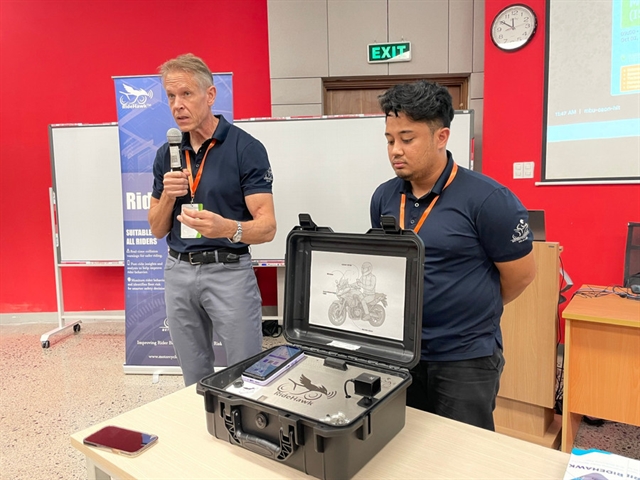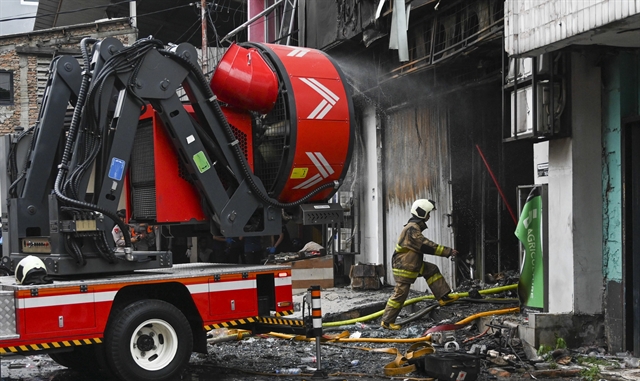 Society
Society


|
| Dr Richard Joseph Hanowski shared insights on an on-bike collision warning system at a symposium on traffic safety in HCM City on October 1. — Photo giaoducthoidai.vn |
HCM CITY — In order for Việt Nam to facilitate the transition to electric vehicles, clear safety regulations for electric motorbikes must be introduced quickly, according to experts.
The International Symposium on Mobility Safety Initiatives (ISMSI 2025) was held in HCM City on October 1 by the Việt Nam–Germany University and international organisations to discuss safety rules for electric motorcycles.
Two-wheelers make up as much as 80-90 per cent of daily travel in major urban centres like Hà Nội and HCM City.
Việt Nam has emerged as a bright spot in ASEAN for switching to electric vehicles amid the global energy transition and efforts to cut carbon emissions.
Sales of electric two-wheelers in Việt Nam increased from 1.5 million units in 2019 to over 2.3 million in 2023, representing a nearly 1.5-fold rise in just five years, according to a 2024 report of Deutsche Gesellschaft für Internationale Zusammenarbeit.
According to Dr Nguyễn Đinh Vinh Mẫn of the Việt Nam–Germany University, Việt Nam promised to completely transition into electric vehicles by 2050 and phase out the usage of motorbikes powered by fossil fuels by 2040 at the UN Climate Change Conference (COP26).
Mẫn identified several key issues that need to be addressed at an early stage. One of these is quality control of batteries and chargers, which is essential to reducing the risk of fire.
Electric vehicles could also pose dangers if not equipped with warning sound signals, as their engines run virtually silently.
New technical features of electric vehicles, such regenerative braking and quick acceleration, must also be covered in driver education programmes and license examinations, because they are foreign to traditional motorbike riders.
At the conference, international experts discussed three pressing issues: infrastructure and training for electric motorbike users; access to safety technologies for low-income workers, who make up the largest group of two-wheeler users; and the technical safety of electric motorbikes.
A group of specialists from the University of Virginia discussed their work on artificial intelligence models and collision warning systems for two-wheelers. — VNS




